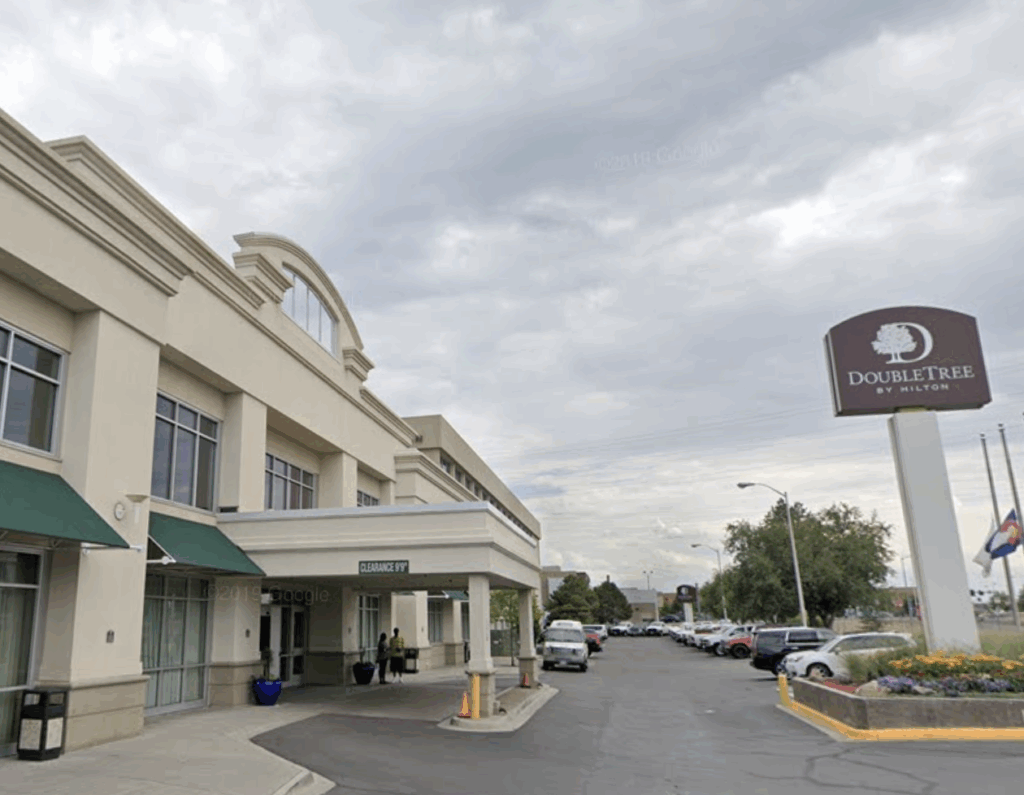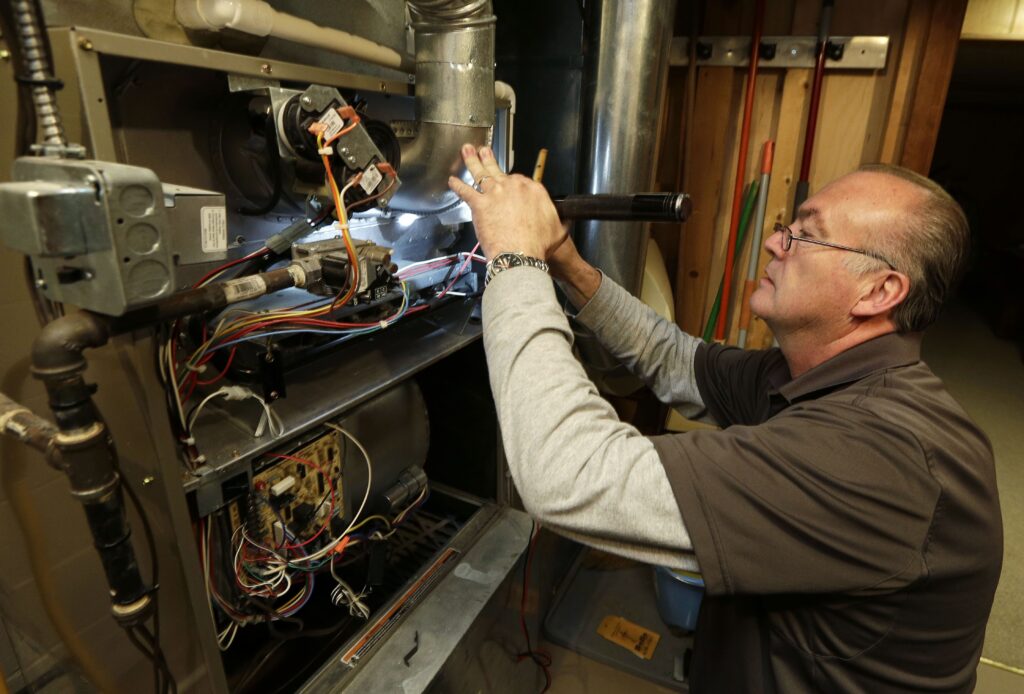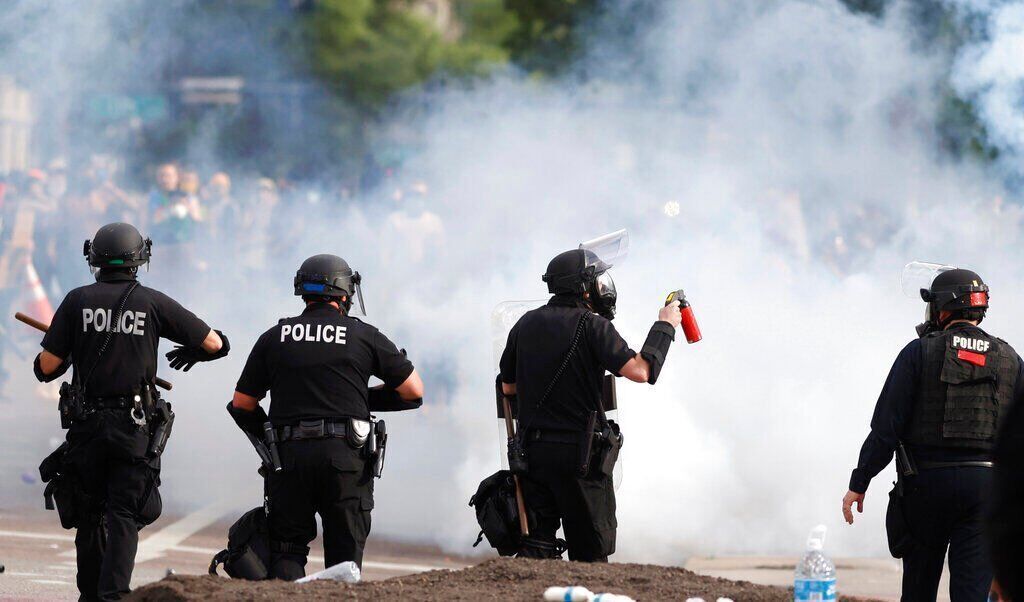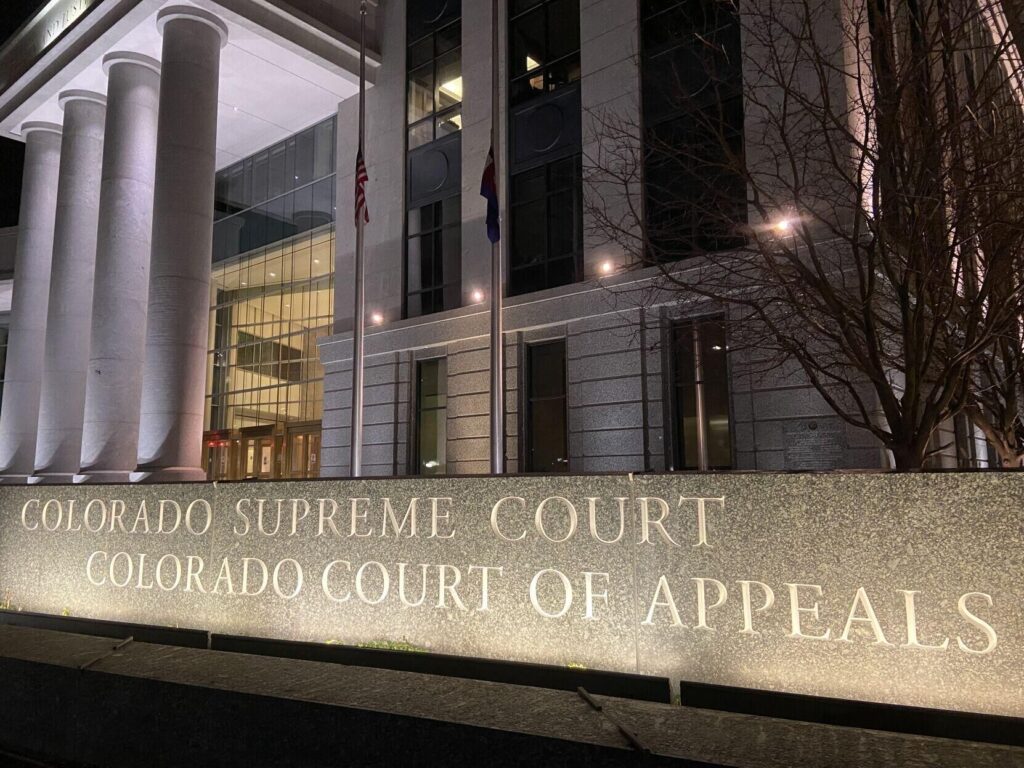Smith’s Chapel will be preserved as a historical landmark

The oldest-standing church in Denver’s Westside neighborhood will become the city’s 350th landmark, local lawmakers decided Monday.
Smith’s Chapel at 910 Galapago St., was built with Castle Rock-quarried rhyolite stone and completed in 1882 in the Gothic Revival style of architecture, which was typical for the period. The church towers among one of Denver’s longest-surviving residential neighborhoods, La Alma-Lincoln Park, and serves as an emblem of the local Chicano Movement.
The Denver City Council voted unanimously Monday to preserve the structure, the very first property designated under the city’s new cultural criteria.
Before Denver’s Landmark Preservation Ordinance was updated in November 2019 – which changed how new local landmarks are chosen and approved – prospective landmarks were reviewed based on history, architecture and geography, and had to show significance in at least two of these categories. Now, the updated checklist allows structures to be evaluated based on their cultural significance as well.
“When the city revised our landmark preservation ordinance last year, being able to preserve places like Smith’s Chapel that are rich in history and meaning was exactly what we hoped for,” Laura Aldrete, head of Denver Community Planning and Development, said in a statement. “The inclusion of cultural criteria in the designation process allows us to go deeper than what the history books reflect, to honor and retain those places that are part of the fabric and evolution of a community.”
Between the 1960s and ’80s, Smith’s Chapel became home to the Denver Inner City Parish and served as a sanctuary for the Chicano community to come together and organize their calls for social justice.
The structure also became a haven during the West High School protests of 1969, when – after years of unequal treatment – students began staging regular walkouts to protest unequal treatment and were met with tear gas, beatings and arrests from police.
Smith’s Chapel served as a rallying point for Crusade for Justice leader Rudolfo “Corky” Gonzales, and other local leaders, including Gloria Leyba, one of the first Latinas to serve in the Colorado House of Representatives.
The chapel is also “directly tied” to the development of the La Alma-Lincoln Park neighborhood, according to CPD. In 1881, notable Denver businessman John W. Smith gifted four nearby lots, along with $10,000 in design and construction costs, for a chapel to the Church for the Evangelical United Brethren.
“A shrewd investor, it is likely Smith saw the church as a way to attract both parishioners and other potential residents to this side of the neighborhood,” city planners reasoned.
Within about a decade, the area was a “dense and thriving” neighborhood, according to CPD, with room to grow.
In recent years, the structure went from being a church to a school to an unused, empty building. In July 2019, the property was purchased for $1.1 million by Galapago Commercial LLC.
That group was formed by Matt Slaby, a Denver photographer, who said Monday night that he plans to transform the building into office space, part of which would be used by his company Luceo.














